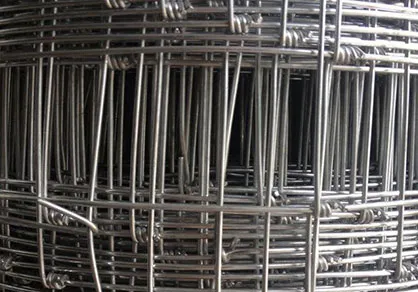

While a standard screwdriver can suffice, a drill with a depth-control feature guarantees consistent depth and prevents the overdriving of screws. Overdriving not only weakens the panel’s hold but can lead to paper tears, which compromise the wall's smooth finish. Magnetic bit holders are also handy. They not only keep your screws aligned but reduce the time spent per screw, thereby enhancing efficiency. Expert Tips for Optimal Results For those seeking expertly finished surfaces, employing a technique known as 'dimpling' can be useful. Dimpling refers to creating a small, concave area around the screw hole, allowing screw heads to sit slightly below the drywall surface. When performing dimpling, precision is key - too deep, and the paper tears; too shallow, and the screws will protrude. Consider using joint compound filler to seamlessly cover any screw heads post-installation. Two or three coats may be necessary, sanding in between to ensure a flat and even finish ready for priming and painting. This hides the screws, preventing any shadows or outlines once the wall is painted. Building Trust Through Quality When installations are done correctly, using accurately marked and driven screws, the result is a robust and professional finish. This reliability builds trust and positions you as an expert—whether among peers in the construction field or as a go-to DIY enthusiast in your community. Additionally, sharing your methodologies online—through tutorials or detailed write-ups—enhances your authority as others learn and adopt your techniques. Conclusion In the intricate world of drywall installation, attention to detail in marking and applying drywall screws can significantly impact the overall outcome. Prioritizing precision, appropriate material selection, and methodical approaches showcases expertise, enhances project credibility, and ultimately guarantees a polished and enduring finish. As with many elements of construction, mastery comes with practice, but the rewards—a flawless, professional wall—are well worth the effort.

















